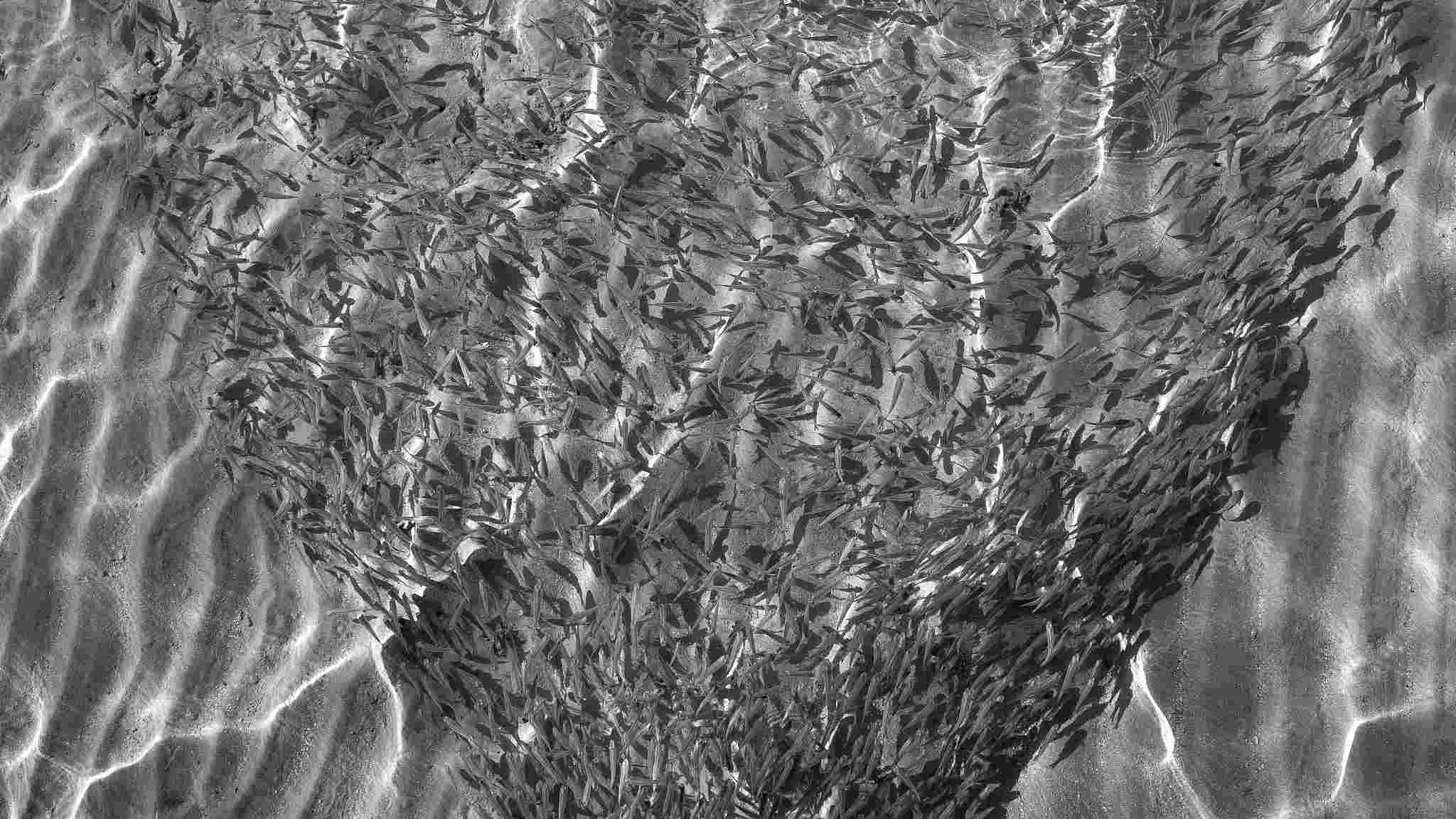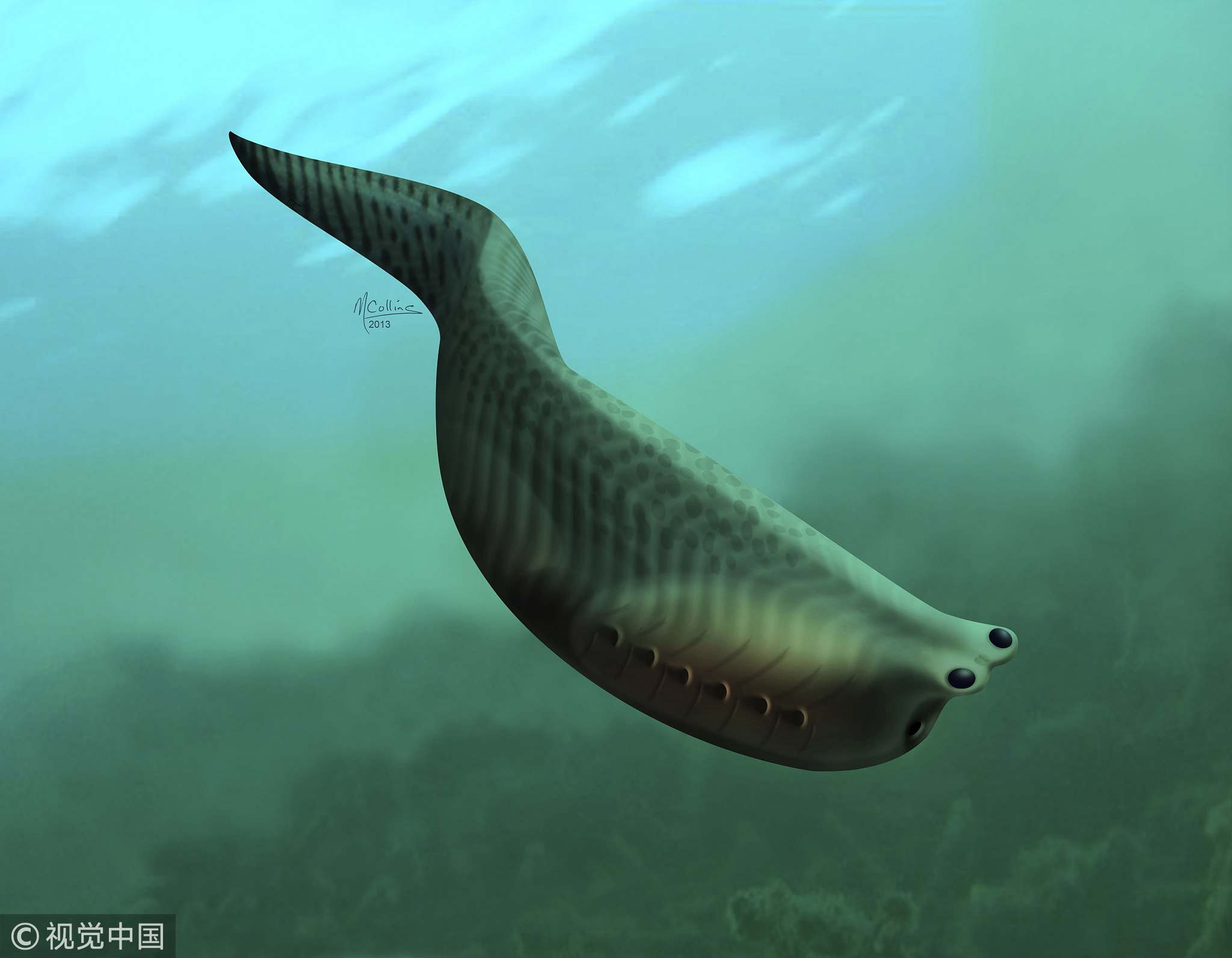
Nature
22:03, 26-Oct-2018
Early fish evolve in shallow seashores before spreading to ocean
Updated
21:20, 29-Oct-2018
CGTN

British and American scientists identified that the evolution of the major groups of fish that we recognize today actually took place in shallow waters, close to the seashore, which completed a missing link in our evolutionary story.
The study published on Thursday in the journal Science revealed where those first vertebrates on Earth that appeared around 480 million years ago were hiding since the fish fossils were rarely discovered until 420 million years ago.
"In modern conceptions, we see that coral reefs are so important for fish biodiversity, so we assume there's an ancient link between fishes and reefs going back to the beginning," said the paper's co-author Lauren Sallan, a paleobiologist at the University of Pennsylvania. "But decades of searching in places like the Cincinnati Arch have come up empty."
"Instead, our work shows that almost every major vertebrate division, from the earliest armored jawless fish all the way up through sharks and our own ancestors, all started out right near the beach, far inshore of the reef," said Sallan.

An artist illustration of a tiny jawless fish that lived more than half a billion years ago. /VCG Photo
An artist illustration of a tiny jawless fish that lived more than half a billion years ago. /VCG Photo
The wave action of the shallow ocean area is more likely to blast fossils into tiny fragments, so few early fish fossils have ever been found intact, according to the study.
Also, the findings helped explain that, over evolutionary time, many fish groups moved from ocean water to freshwater and some became freshwater fish while others evolved into the earliest tetrapods, land-dwelling vertebrates.
The researchers from and Universities of Birmingham, Manchester, Pennsylvania and Michigan created a database that involved 2,728 early records for jawed and jawless fishes, bringing environmental context together with what was already known about the family tree relationships of vertebrates from 480 to 360 million years ago.
The team was then able to reconstruct the missing information in the fossil record using mathematical modeling, allowing them to make informed predictions about the habitat type in which the earliest ancestors of various vertebrate groups emerged.
"For vertebrates, we find that they're originating in this unexpected, really restricted shallow area of the oceans," said Sallan. "And they stay in this limited area for a long time after they emerge."
As they remained in the shallows, however, they gained a variety of adaptations that enabled them to compete with the others in a shared habitat.
Many groups acquired traits that made them well-suited for life either as bottom-dwellers, or for a free-swimming ecology out in the ocean's deeper waters, according to the study.
(Top image: Scientists identified that the evolution of the major groups of fish actually took place in shallow waters close to the seashore. /VCG Photo)
Source(s): Xinhua News Agency

SITEMAP
Copyright © 2018 CGTN. Beijing ICP prepared NO.16065310-3
Copyright © 2018 CGTN. Beijing ICP prepared NO.16065310-3